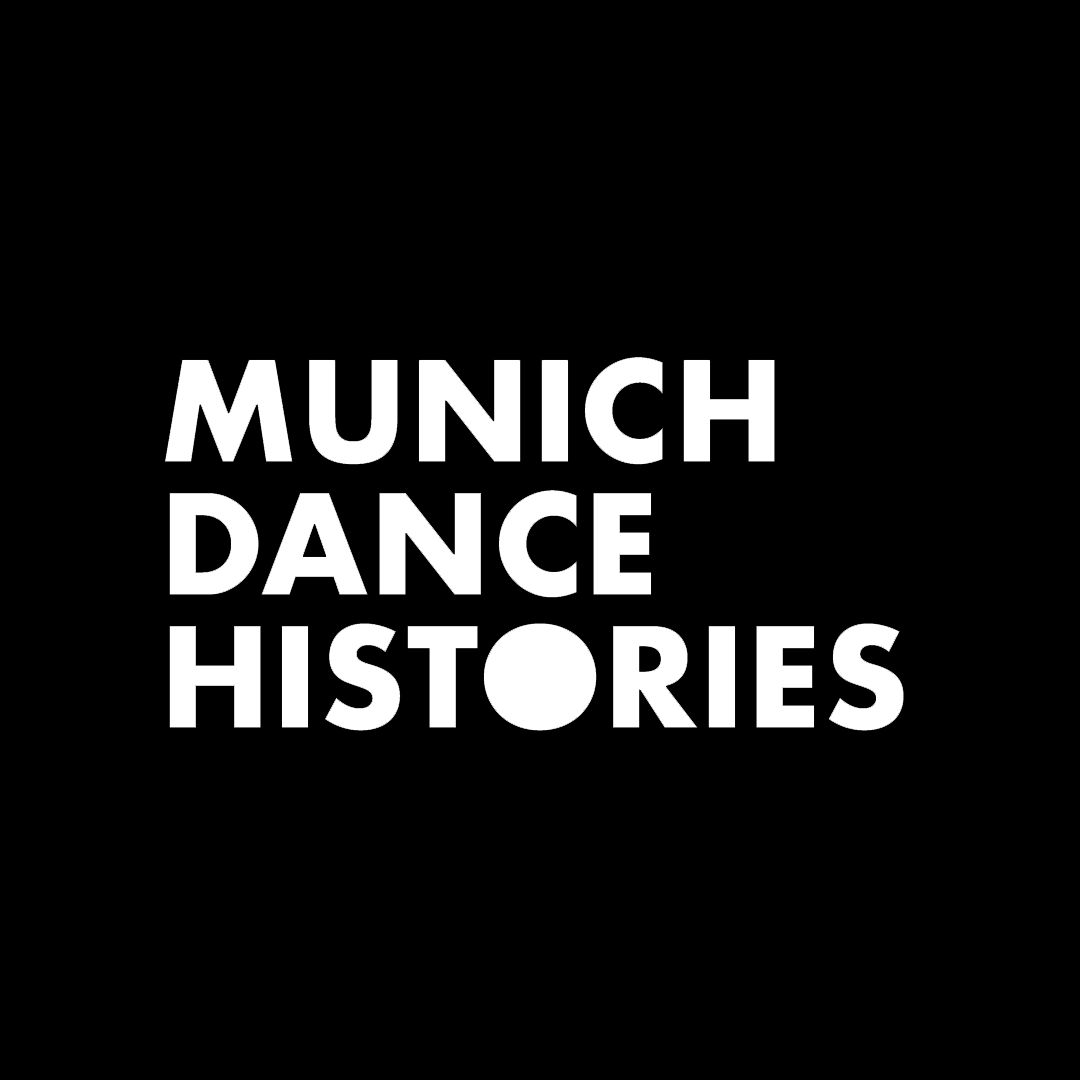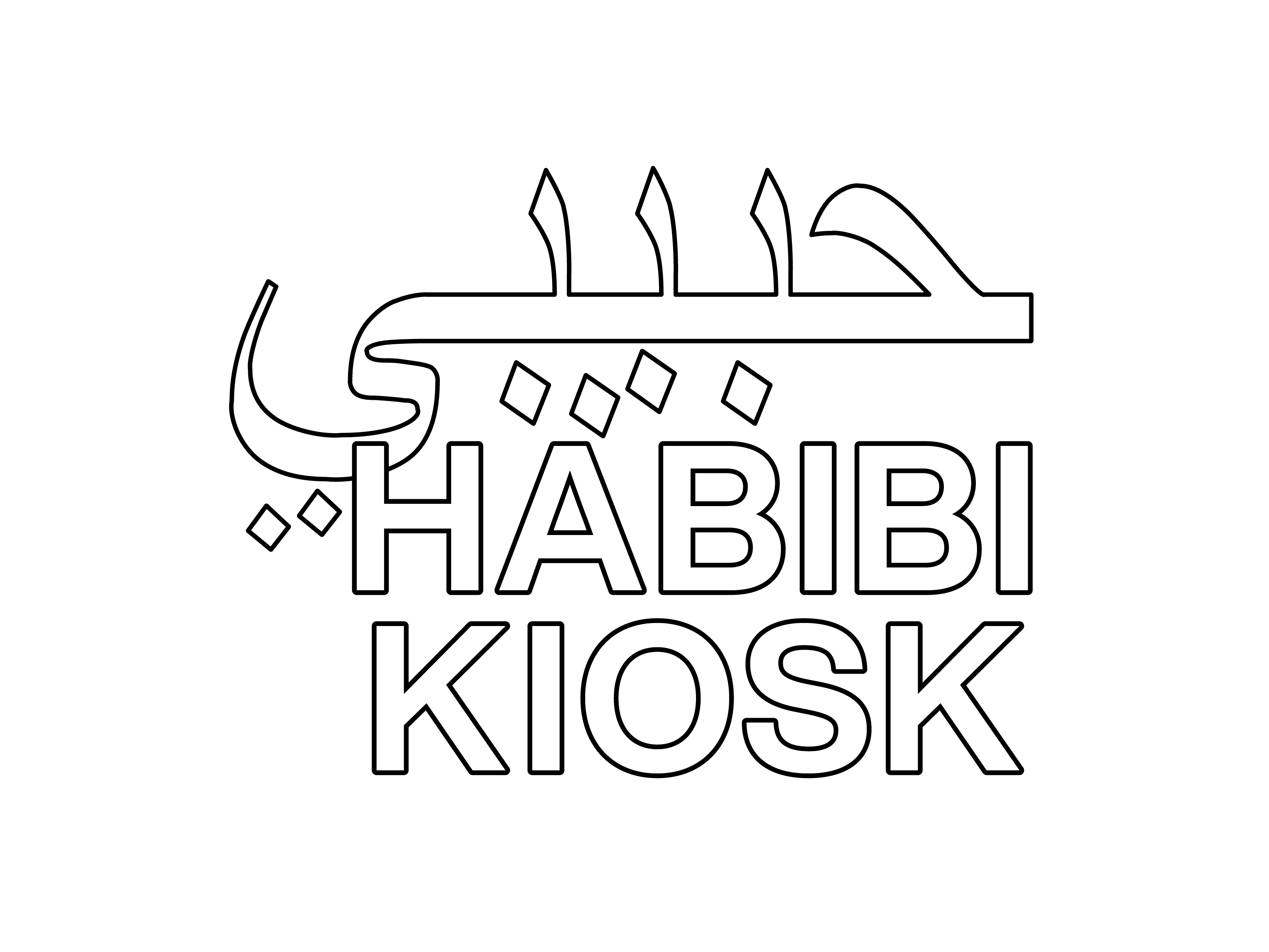DANCE History Tour – Walks & Talks: Tour 2
Odeon
The tour leads from the Odeon via Palais Portia to Max-Joseph-Platz and the Kammerspiele and ends at the Habibi Kiosk - where everyone is invited to participate in the respective program of the evening.
Walking distance approx. 700m.
The tours take place in all weathers. In case of rain, please bring an umbrella.
Comfortable shoes are recommended.
Information on the program at Habibi Kiosk following the Tour 2 Odeon:
05/12/2023: Sacharoff's Legacy, Vernissage & Performance
05/13/2023: Artist Talk with Francesco Giordano, Leoni Marie Hübner and Thomas Betz, moderated by Gina Penzkofer
05/18/2023: Artist Talk with Maria Barrios about Alexander Sacharoff & Clotilde von Derp.
How did modern dance develop around 1900, and what does Munich have to do with it? Which dance artists invented here an entirely new dance style, and who were their collaborators and supporters? And which institutions in the city that still exist today played a role here? How is this linked to today's independent dance scene?
DANCE History Tour Walks & Talks recalls the development of modern dance in Munich, and links it with contemporary perspectives. On three different walks through the city the history of dance in Munich will come alive in a form rich in facets: at the actual locations and by visiting museums and archives, with historic texts and images of dance events and performances that caused sensations, and also with live performances. Explanations about the revolutionary image of the human body and the aesthetics of the new art form are linked to contemporary discussions in talks and in artistic interventions.
At the beginning of the 20th century, the first independent scene of modern dance developed in Munich: After the start of Isadora Duncan's triumphant tour through Germany, in 1902 numerous protagonists of the new body art had their debuts at Künstlerhaus in Munich, including Clotilde von Derp, the first expressive dancer, and Alexander Sacharoff, the first modern male dancer; they became the first dance partners in modern dance in 1913. Even the most prominent dancers beyond 1933, Rudolf von Laban and Mary Wigman, performed for the first time in front of an audience in Munich. The dance artists were involved in an interdisciplinary exchange with avant-garde visual artists – for example, with the Blue Rider group. The poet Hans Brandenburg accompanied the movement as its first chronicler; the terms "free dance" and "modern dance" were coined here. Laban founded his school of modern dance in Munich, there were institutions rich in the tradition of training the body (among others, Rudolf Bode's school), and also the first eurythmics performance by Rudolf Steiner and Marie von Sivers took place here. Several guest performances caused huge sensations: in 1904 the "dream dancer" Magdeleine G. performed dances while she was under hypnosis; in 1907 Maud Allan's The Vision of Salome at Schauspielhaus was the subject of a censorship scandal; in 1911 Adorée Villany was arrested for immorality at the Kammerspiele in her dressing room during the intermission.
The tours, persons, and themes of the walks complement one another and become a multifaceted mosaic of modern dance in Munich.
Tour 2 – Odeon
starts in the center of the former city of royal residences and takes you from Odeonsplatz (with the Kunst-Salon Littauer, the former royal Odeon and the Vereinigte Werkstätten) to Palais Porcia, where Laban and Wigman presented for the first time their revolutionary dance forms, and on to Münchner Schauspielhaus (the modern-day Kammerspiele) with its spectacular guest dance performances. Here explanations on the new art form of modern dance will be presented and re-established: in historic costumes or modern dance costumes, with or without musical accompaniment, with photographs and a discussion on dance.
The walks will be supplemented by the interdisciplinary exhibition project Sacharoffs Vermächtnis at the Habibi Kiosk at Münchner Kammerspiele.
Here is the link to Tour 1 - Königsplatz
Here is the link to Tour 3 - Artist Villas at Isarhochufer
Here is the link to the Holographic illusion Hypnogirl 23 by Dominique Gonzalez-Foerster
Here is the link to the Lecture performance about Alexander Sacharoff by Claudia Jeschke
Here is the link to the Artist Talk with Maria Barrios about Alexander Sacharoff & Clothilde von Derp
Munich Dance Histories is the continuing development of the successful DANCE History Tour conducted at DANCE Festival 2019 and 2021. On its website the conveyance platform for knowledge of dance documents the history of modern dance and the development of the free dance scene in Munich since 1900, which also will come alive by means of live formats such as the DANCE History Tour and SALONS, as well as with re-enactments. The choreographer, author and curator Brygida Ochaim, the literature scholar, art historian and dance journalist Thomas Betz, and the dance artist and production manager Barbara Galli-Jescheck form the team of MDH, and they co-operate with archives and museums, theaters and dance professionals, scientists and artists.





